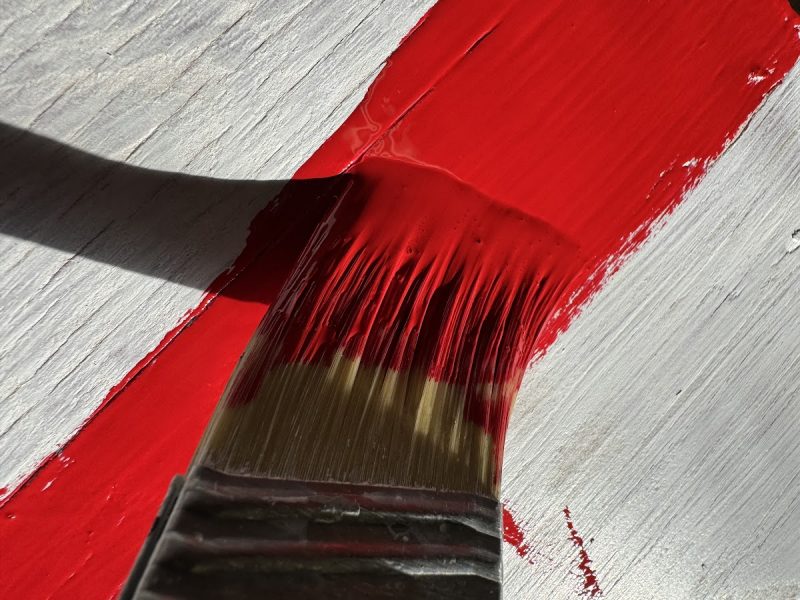Coatings

Coatings refer to thin layers of material applied to the surface of a substrate or component for various functional purposes. These coatings serve a range of purposes, and their application can significantly enhance the performance, durability, and appearance of the underlying material. Here are some key aspects of coatings from an engineering perspective:
- Protective Coatings:
- Corrosion Protection: Coatings can protect metal surfaces from corrosion caused by environmental factors such as moisture, salt, and chemicals.
- Abrasion Resistance: Coatings can provide resistance against wear and abrasion, extending the lifespan of components subjected to friction and mechanical stress.
- Functional Coatings:
- Thermal Barrier Coatings: Applied to surfaces exposed to high temperatures, these coatings provide thermal insulation and protect against heat-related damage.
- Conductive Coatings: Used to impart electrical conductivity to non-conductive substrates, facilitating applications in electronics and electrical components.
- Decorative Coatings:
- Aesthetic Enhancement: Coatings are often applied for aesthetic purposes, providing color, texture, and gloss to surfaces to improve visual appeal.
- Adhesive Coatings:
- Adhesion Promotion: Coatings can enhance the adhesion of paints, adhesives, or other materials to a substrate, ensuring a strong bond.
- Anti-Fouling Coatings:
- Biofouling Resistance: Coatings can prevent the growth of organisms like algae and barnacles on surfaces submerged in water, reducing drag on ships and enhancing fuel efficiency.
- Anti-Reflective Coatings:
- Optical Enhancement: Coatings can minimize reflection and increase light transmission in optical components like lenses, improving visibility and performance.
- Hydrophobic and Oleophobic Coatings:
- Water and Oil Repellency: Coatings can make surfaces water-repellent or resistant to oil, preventing adhesion of these substances and facilitating easy cleaning.
- Dielectric Coatings:
- Insulation: Coatings can provide electrical insulation for components, preventing the flow of electric current and protecting against short circuits.
- Magnetic Coatings:
- Magnetic Properties: Coatings can be engineered to impart magnetic characteristics to a substrate, enabling applications in magnetic storage or sensing devices.
The selection of a specific coating depends on the intended application, the properties required, and the characteristics of the substrate material. Coatings are extensively used in various industries, including automotive, aerospace, electronics, construction, and marine, contributing to improved performance, longevity, and functionality of engineered components.

